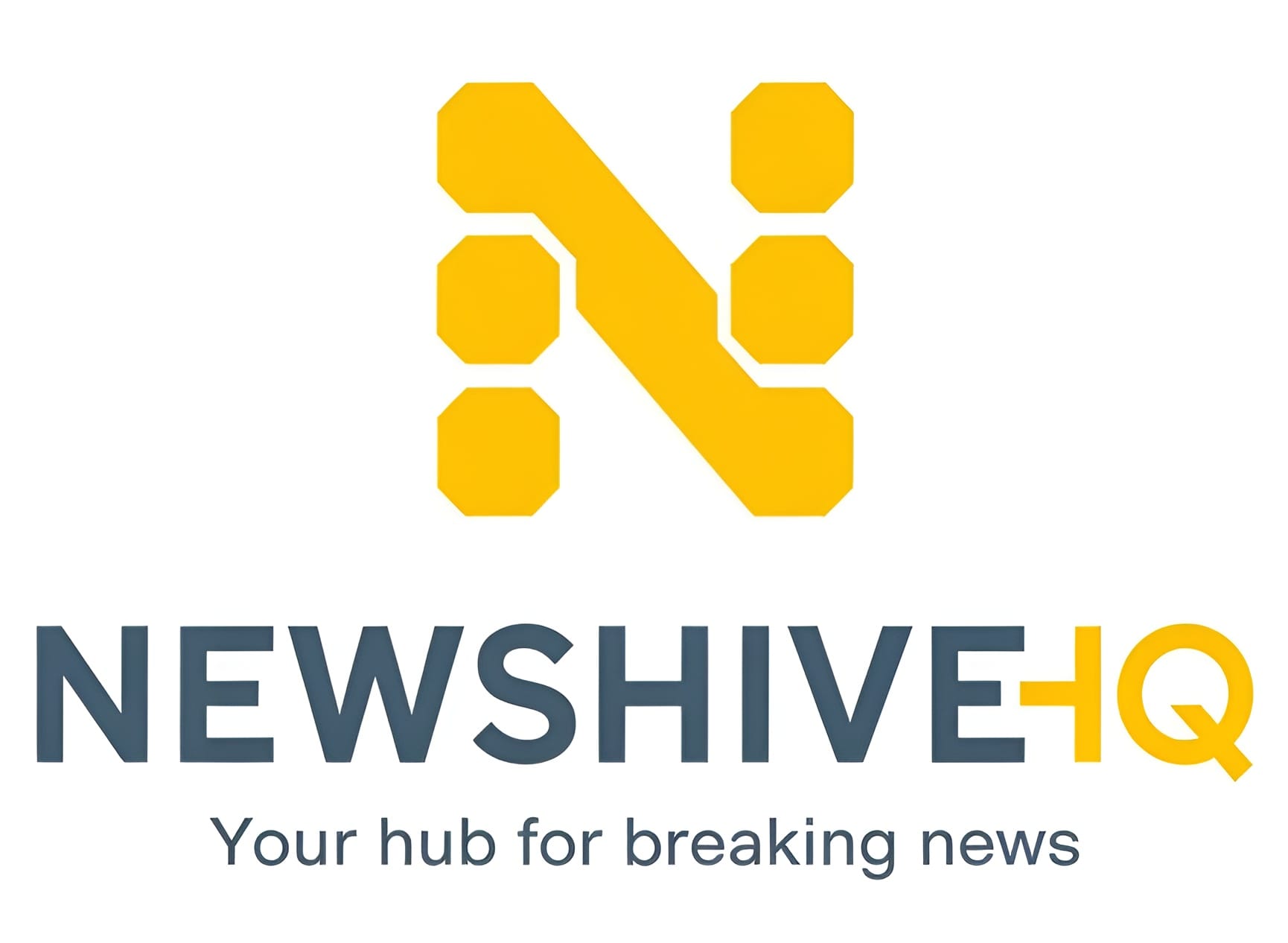
Telecommunications companies have been the silent force behind the world’s digital transformation for decades. They connect billions of people, drive global commerce, and enable nearly every modern convenience. Yet despite their fundamental role, telecoms companies often struggle to capture the imagination of consumers or command the loyalty enjoyed by the tech and social media brands built on their networks.
Now, two forces are converging to change that: the rise of the creator economy and the rapid maturation of artificial intelligence. Together, they provide telcos with a once-in-a-lifetime opportunity to reinvent themselves not just as connectivity providers, but also as communities and innovation platforms.
loyalty challenge
Telecom has become a victim of its own success. Almost every market is saturated. Consumers have endless choices, minimal switching costs, and no reason to remain loyal to any one provider. Our research shows consumers trust telecoms companies with their most sensitive data, But two-thirds will still switch providers within five years. Especially for younger generations, telecom companies are utilities: reliable, necessary, but easily forgotten.
But companies that build infrastructure for the digital age can also build infrastructure for relevance. The question is no longer whether connectivity matters, but how to make it more important.
From commodities to communities
The creator economy is expected to reach nearly Will reach $480 billion by 2027is reshaping the way people interact with brands. Authenticity and relatability now drive purchasing decisions more than advertising and price. This evolution presents significant opportunities for telecommunications companies. By partnering with creators, influencers and purpose-driven brands, they can transform basic subscription plans into co-branded, community-driven experiences. This is the nature of the creator economy.
Imagine mobile offerings beyond data plans, with fans subscribing to mobile communities of their favorite musicians, or gamers joining networks designed around shared interests. Each plan can include exclusive content, community access, and premium benefits that reflect the user’s lifestyle and identity. This is a new revenue channel for creators and creates a deeper connection with their audience. For telcos, it’s a path to differentiation and emotional connection: a way to shift from selling service to selling belonging.
The payoff is significant. These models can control premiums, reduce churn, and reposition telecom brands from functional to aspirational. In a cookie-cutter market, community becomes the ultimate competitive advantage.
The Next Frontier: Artificial Intelligence Aggregation
While many industries are still exploring how AI can fit into their strategies, telcos already have three key advantages: a large user base, granular customer data, and deep trust built over decades of service. This combination makes them an AI aggregator – bringing together support, services and devices to help consumers simplify and secure their digital lives.
Imagine a telecom app with an integrated AI assistant that can manage plans, optimize bills and recommend new services. Or a curated marketplace offering vetted third-party AI tools, from productivity apps to parental controls, all accessible under one trusted brand. Telcos can also explore moving deeper into the value chain, beyond services into AI-powered devices. This requires partnering or building AI-first consumer hardware (e.g. smartphones, wearables) that is pre-integrated with the telco’s AI ecosystem.
This model allows telcos to leverage their infrastructure and trust to build entirely new value chains around personalization, security and convenience. The opportunity is not to build every AI tool yourself, but to become a platform that brings the best tools together.
Done right, AI aggregation can open up new revenue streams, enhance loyalty, and reposition telcos as leaders in digital engagement, not just infrastructure.
The competition is about more than just connectivity
The telecom industry’s traditional growth strategies have been exhausted. High penetration, flat pricing and ephemeral loyalty require a new path forward. The future will belong to those who compete on connectivity, not just connectivity. Community networking and AI aggregation are not just tactical approaches; They are the strategic drivers for the next decade. They give telcos the opportunity to participate in their customers’ culture, not just consumption.
As AI reshapes industries and creators redefine impact, telcos have everything they need to lead; scale, data and trust. What they lack is the drive to stand out in the market, the speed to innovate, and the willingness to emulate the digital brands that once disrupted them.
The platforms that will define digital life for the next decade are being built today. Telcos already have the infrastructure. Now is the time for them to claim influence, too.
The views expressed in Fortune opinion pieces are solely those of the author and do not necessarily reflect the views and beliefs of: wealth.

